Don’t let the cold water keep you from scuba diving. If you’re looking for wrecks, you will be sure to find them. If you are looking for interesting flora and fauna, the coastlines of eastern Canada has that as well.
Diving in the chilly waters of the North Atlantic ocean can be a nice change of scenery for divers looking to venture into new environments. Kelp beds, lobsters and lots of other zesty little invertebrates will fill your field of vision as you submerge below the tide line.
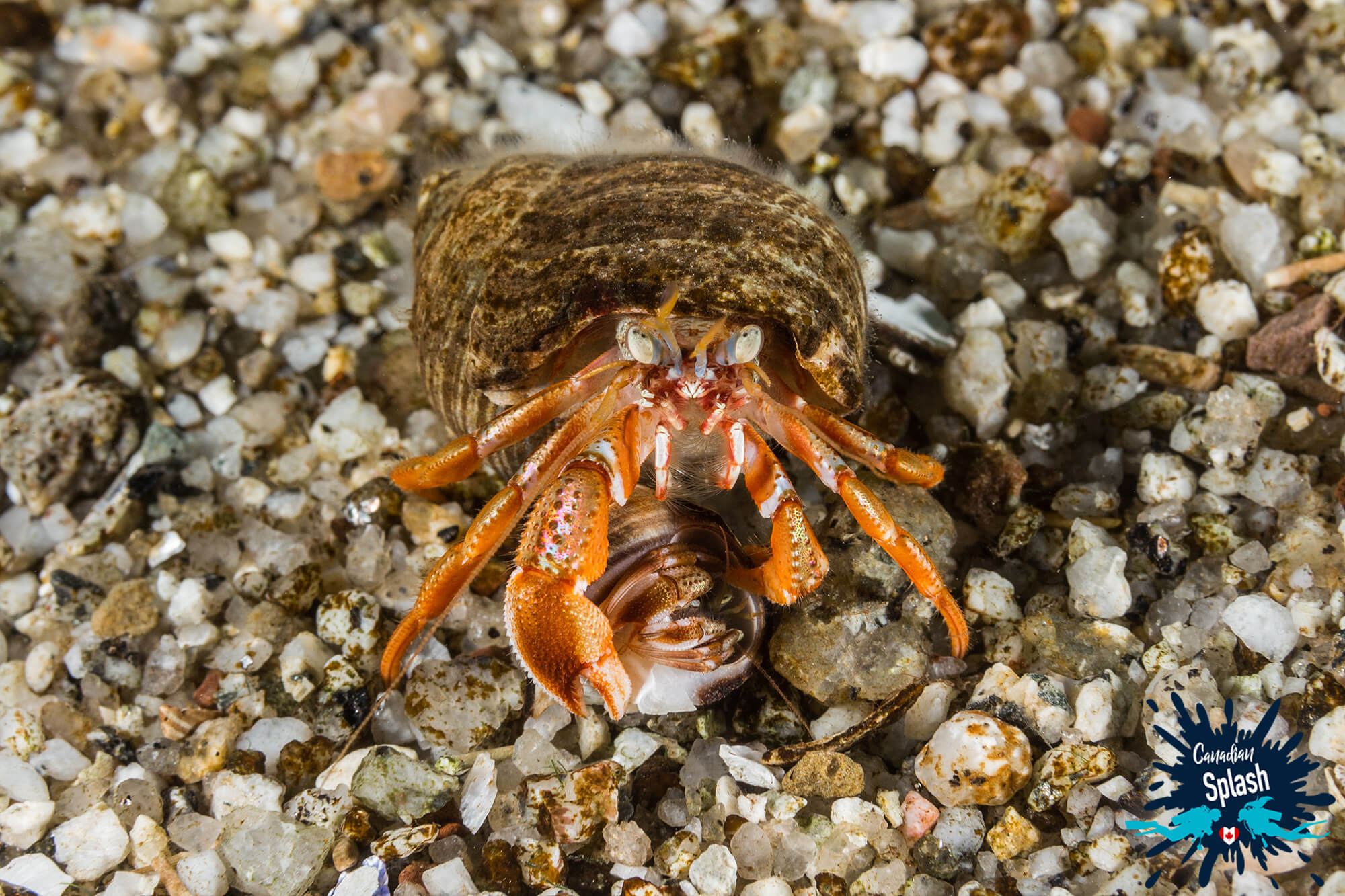
St Margarets Bay is a community located on the Atlantic coast of Nova Scotia. Opening directly southward onto the North Atlantic, St Margarets Bay is formed by the Chebucto, Aspotogan and main Nova Scotia Peninsula.
Wedged between Lunenburg County the Halifax capital, this salty neck of the woods is home to coastal roadways and scenic harbors ripe for exploration. Rocky shorelines and the occasional sandy beach make St Margarets Bay a welcomed escape from the city. Aside from the Bay’s stunning maritime beauty, this area is also ideal for hiking, swimming, kayaking and whale watching.
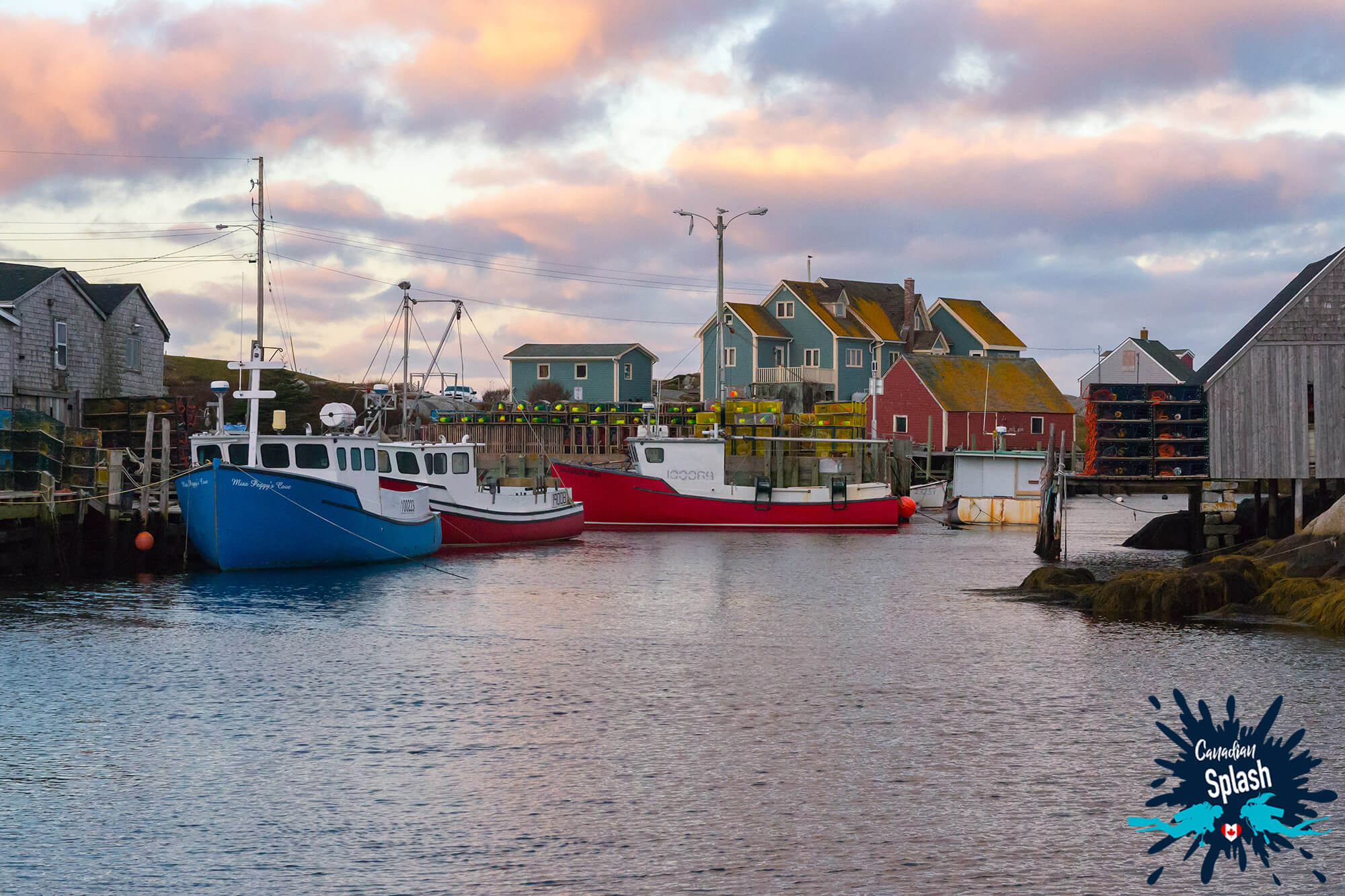
Some may know Halifax and area for its drunken sailor-type nightlife while others recognize this city by its iconic Citadel Hill. However, Halifax’s, and consequently St Margarets Bay’s, ultimate claim to fame remains the world renown Peggy’s Cove lighthouse (also called Peggy’s Point Lighthouse).
The classic red and white lighthouse, found on the eastern shore of St. Margaret’s Bay is about 43 kilometers (26 miles) from downtown Halifax. Still, in operation by the Canadian coast guard, Peggy’s Cove Lighthouse stands just shy of 15 meters (49 feet) high and is a major tourist attraction.
Interesting Fact: In the lower level of the Peggy’s Cove lighthouse there is a post office where visitors can stop in and mail their postcards.
![]()
When thinking about diving in Nova Scotia, where do you even begin? Do you start in the province’s capital city of Halifax? Or do you wander beyond this bustling city, to see what the surrounding area has to offer?
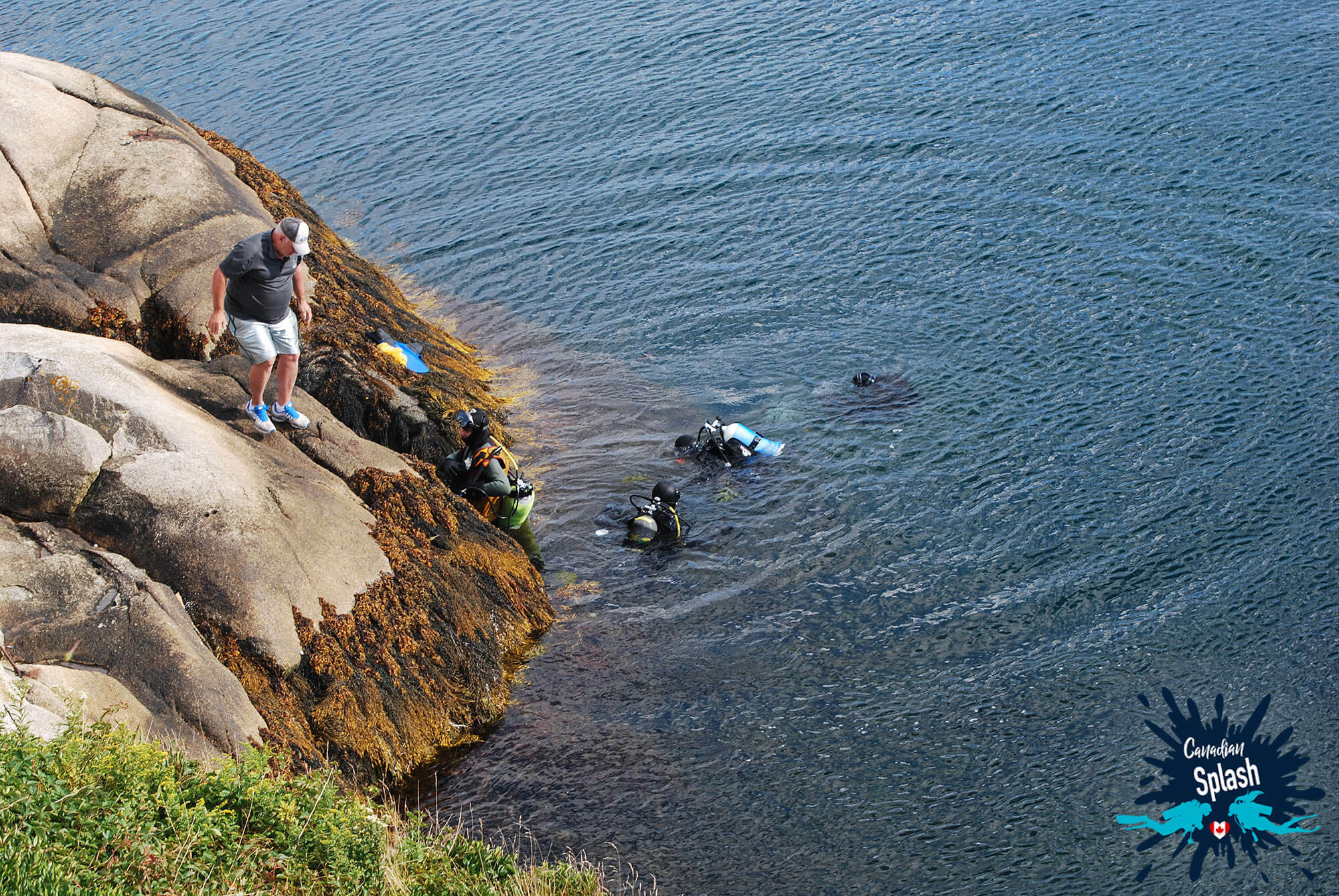
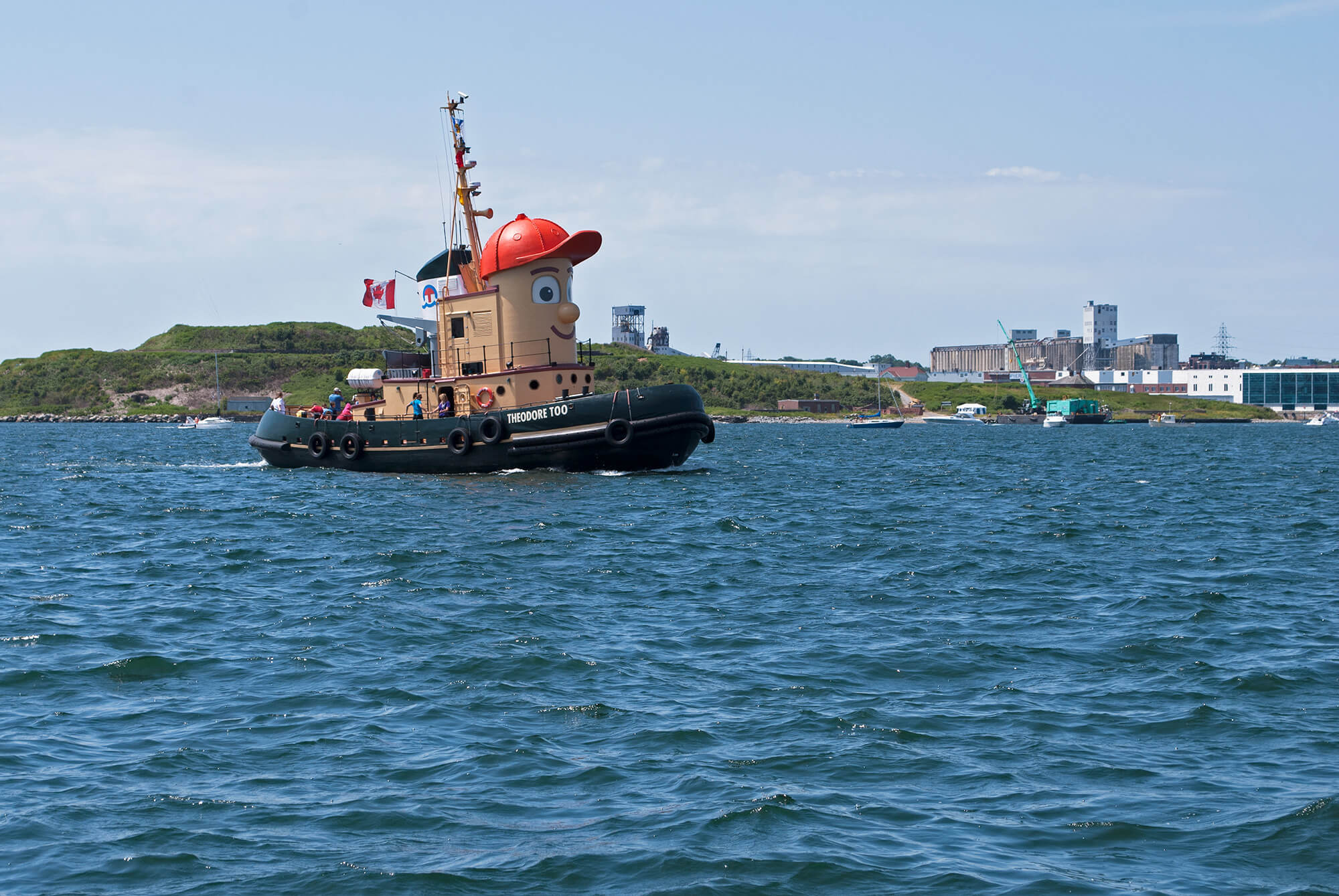
Read More on Scuba Diving from the Shores of Halifax:
Nova Scotia is full of cold water diving opportunities, particularly around shores of Halifax. Suit up and dive into this Maritime province waterland!
St Margarets Bay is a region in the Halifax Regional Municipality (or HRM for short) that offers some pretty sensational easy-to-access diving. From hermit crabs to beds of rockweed, take a look at some of these great shore diving sites:
Polly’s Cove is located 50 minutes outside of Halifax at the mouth of St Margarets Bay. Finding the cove can be a little tricky as no road markers are present to show you where to pull over along the highway.
Polly’s Cove dive site is probably one of the harder to reach dive sites in the area. Getting to the shoreline is somewhat of a long hike from the highway, and when lugging dive gear feels almost twice as long. Be prepared to hike heavy scuba equipment between 500 to 750 meters on a wet and steep trail to reach the entry point. There are also no navigational signs or trail markers, you just need to follow the goat path and hope to eventually end up at the ocean.
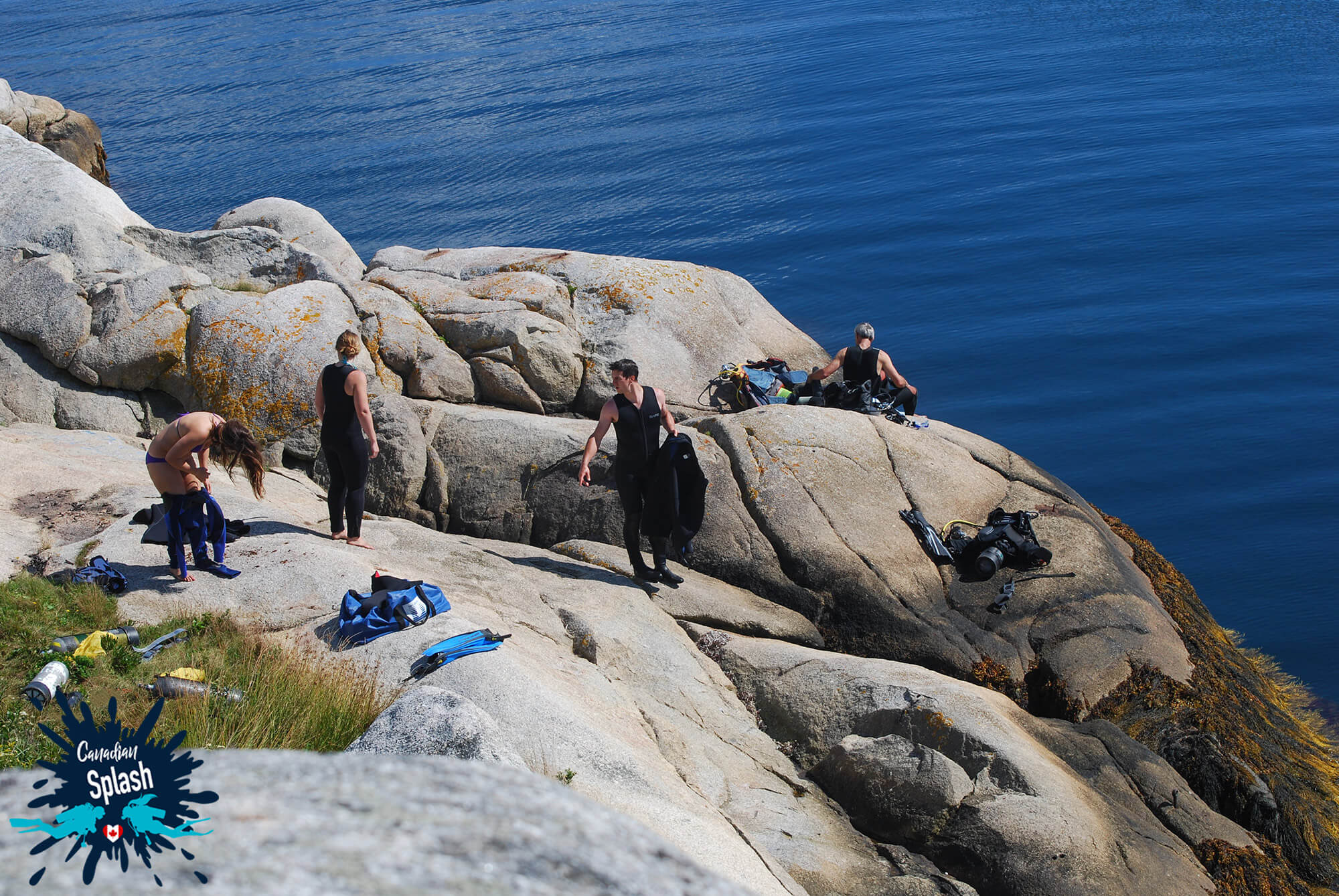
The site itself is a sheltered inlet with high picture perfect cliffs to one side and a rocky outcrop on the other protecting the cove from the open Atlantic ocean. Entry from the steep rocky cliffs can be tricky with the many boulders lining the shore so make sure to proceed with caution.
Underwater, Polly’s Cove starts in about 4.5 meters (15 feet) of water and drops to 12 meters (40 feet) in spots. Due to the bathymetric structure of this dive site, there is a sharp thermocline which often creates a hazy two foot slick in the water.
The dive site follows a broad rock face with seagrass beds and lots of little creatures to be spotted. Lobster, pollock, skate and even the occasional lumpsucker are some of the site’s visitors. Additionally, although we have never found it, about halfway between the entry point and the island to the south, there is an unidentified boat wreckage in 7.6 meters (25 feet) of water with some nifty beer bottles.
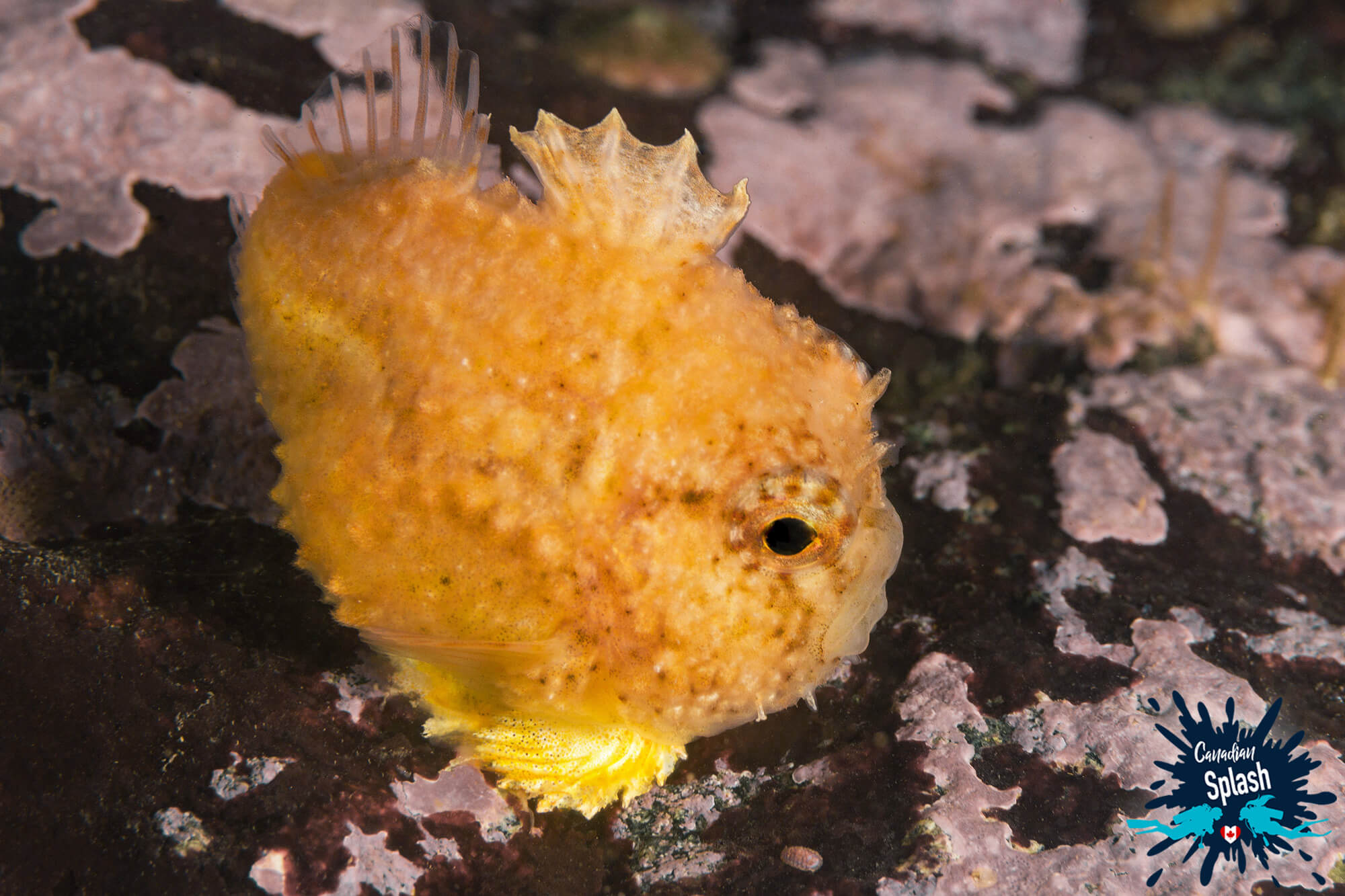
If you are planning to scuba Polly’s Cove, try to time your dive with the high slack tide as this offers ideal visibility.

How to Find Polly’s Cove and What to Look For
GPS Coordinates: 44.493952, -63.889810
Address: Polly’s Cove Trail, West Dover, NS B3Z 3S3
Look for Polly’s Cove Trail and follow the trail to access the dive site.
Cranberry Cove dive site is about a 50-minute drive south of Halifax.
Arriving at the spot you won’t even realize it’s there. From the shoulder of the winding coastal road, the site doesn’t seem like much. Most divers suit up in their gear along the side of the road or the trunk of their vehicle. To get to the water’s edge divers must hike 500 meters along an overgrown goat trail lugging their dive equipment with them. The path is pretty haphazardous but well worth the trek once you reach the rocky clearing.

You will honestly feel like you are diving in the Maritimes from the rocky entry point, as you will see the famous Peggy’s Cove lighthouse lingering in the distance.
The first time Joey and I ever went diving in Cranberry Cove I remember thinking to myself; this dive site better be worth it, and oh baby, it was.
The cove is a relatively shallow dive site getting only as deep as 24 feet. Rated as a novice diving spot Cranberry Cove is suitable for practicing buoyancy and testing out new equipment. The water in this cove can be as clear as in an aquarium, and the bottom varies between underwater rock islands and rippling beds of sand. Sculpin, sea raven, baby flounders, and squid are some of the marine fauna making use of this cove in the summer months.

If you’re lucky like us and look close enough may see other enthralling animals too, like wolf eels.

How to Find Cranberry Cove and What to Look For
GPS Coordinates: 44.505045, -63.920376
Address: Cranberry Cove, Indian Harbour, NS
Look for a small shoulder to park and follow the short trail to access the dive site.
We all have our favorites; my favorite color is green, my favorite day of the week is Saturday and one of my absolute favorite dive sites is Paddy’s Head.
Paddy’s Head is a 40-minute drive outside of Halifax’s downtown core. This small and sheltered inlet sits towards the mouth of St. Margaret’s Bay. The site has a small parking area that can fit four to five vehicles and a small beach leading into the water for easy diver entry.
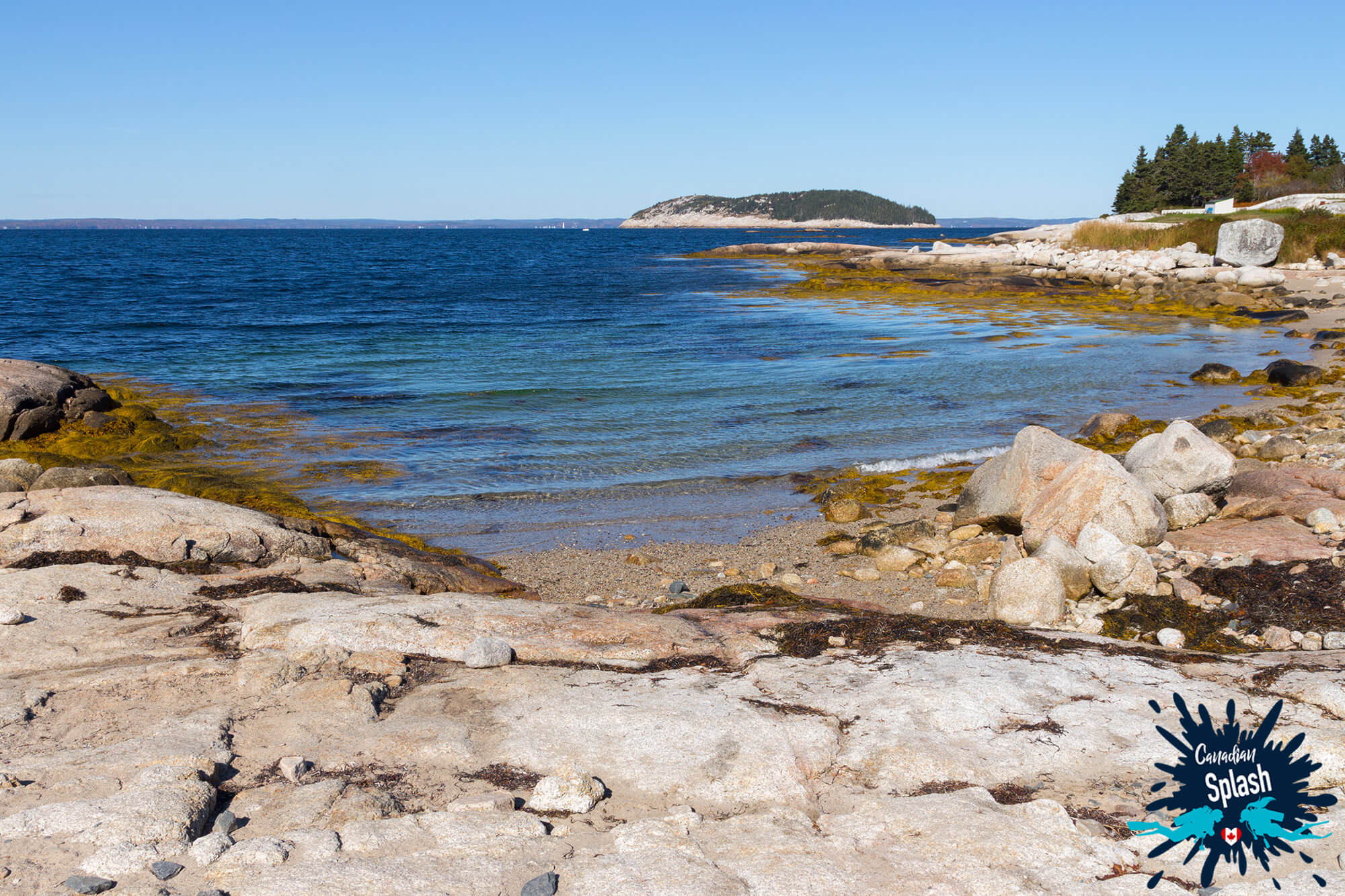
The depths of Paddy’s Head range from 0 to 7 meters (0 to 24 feet) making it a safe and prime training area for new divers. Its relative shallowness allows good light penetration, and it hosts a variety of marine life. Hermit crabs and sand dollars are plentiful on the sandy bottom, and the occasional flatfish and sculpin can be found hiding out in the sand.
The magnificent rocky shoreline makes this site a favorite among local divers, and over the years Paddy’s Head has seen everything from sharks to seahorses.
Underwater, there are many rock formations covered with coralline algae, rockweed, eelgrass or kelp. About 30 meters (100 feet) off the shoreline of Paddy’s Head there are lobster pots and a cement training block to be seen.
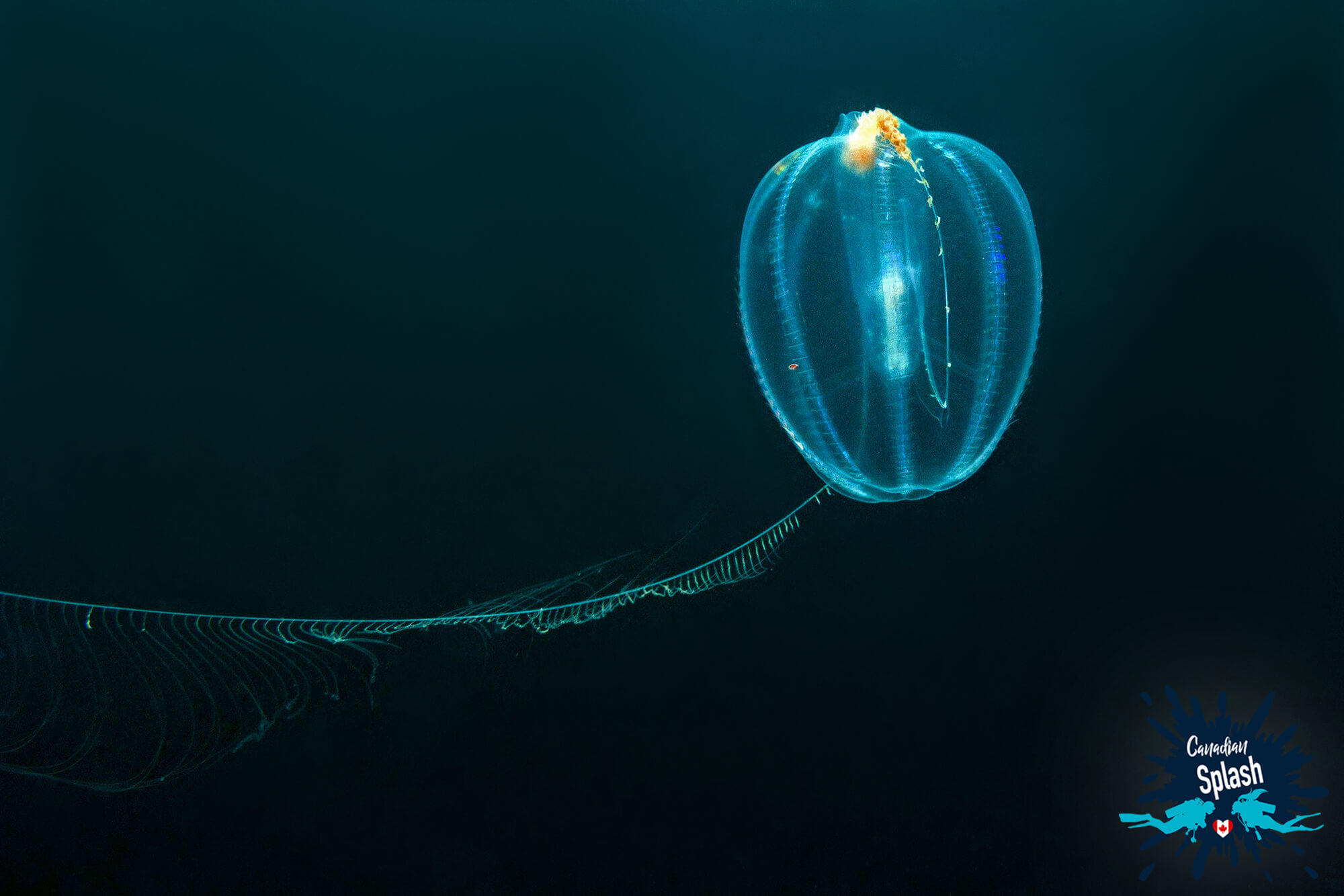
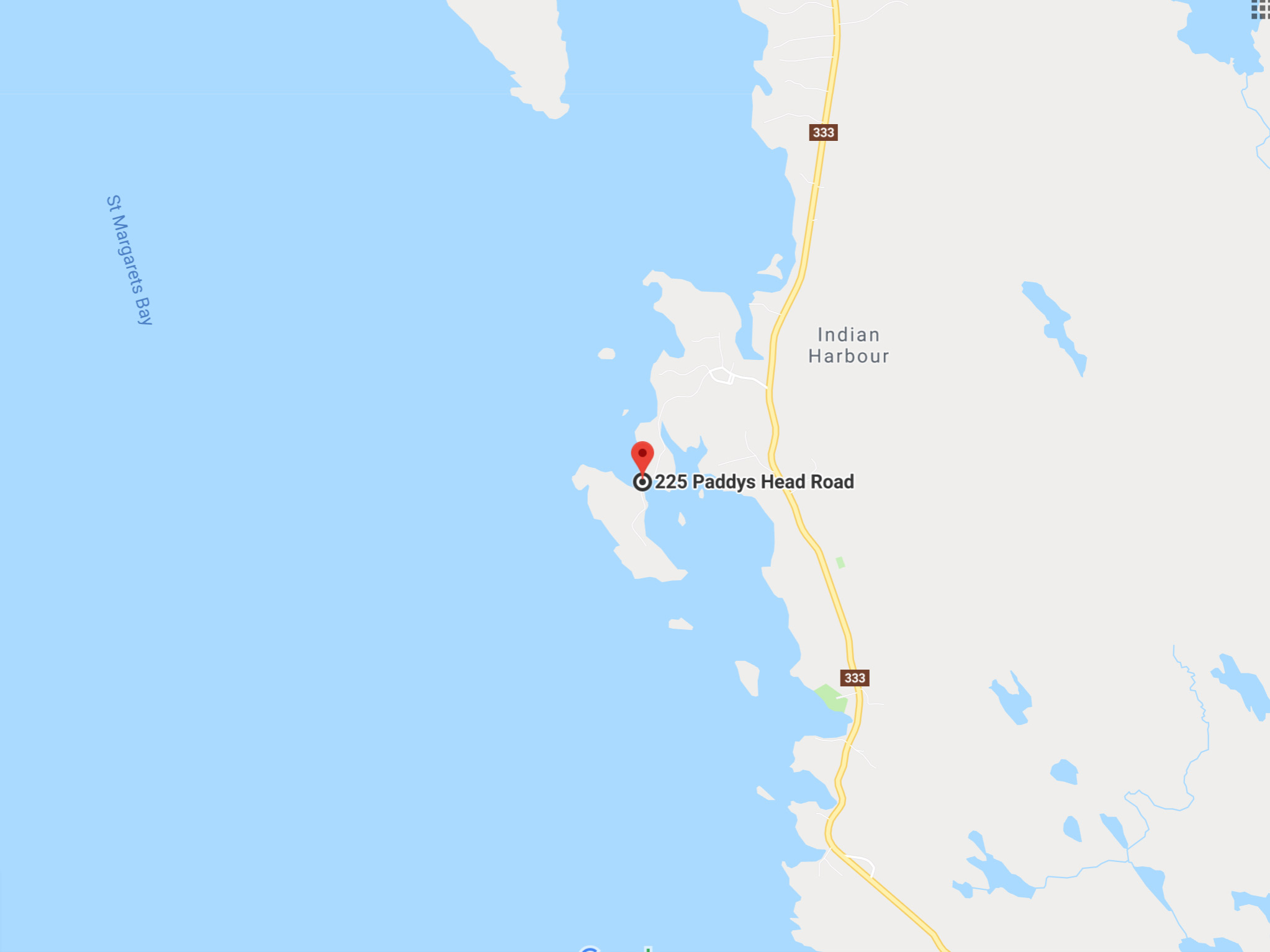
How to Find Paddy’s Head and What to Look For
GPS Coordinates: 44.526281, -63.948013
Address: 225 Paddys Head Rd, Indian Harbour, NS B3Z 3N7
Paddy’s Head is easy to find and straightforward for parking, but don’t block the mailboxes or bridge.
Indian Point dive site takes about 30 minutes to reach by car from Halifax.
This easy-to-enter, easy-to-dive location, offers a gently sloping rocky beach fit for any level of scuba diver.
The area offers a buffet of sea life, including lobsters, crabs, sculpin, flounder and other shellfish. While divers can go down to a depth exceeding 18 meters (60 feet) at Indian Point, most of the excitement and marine life is found in 3-9 meters (10-30 feet) of water.
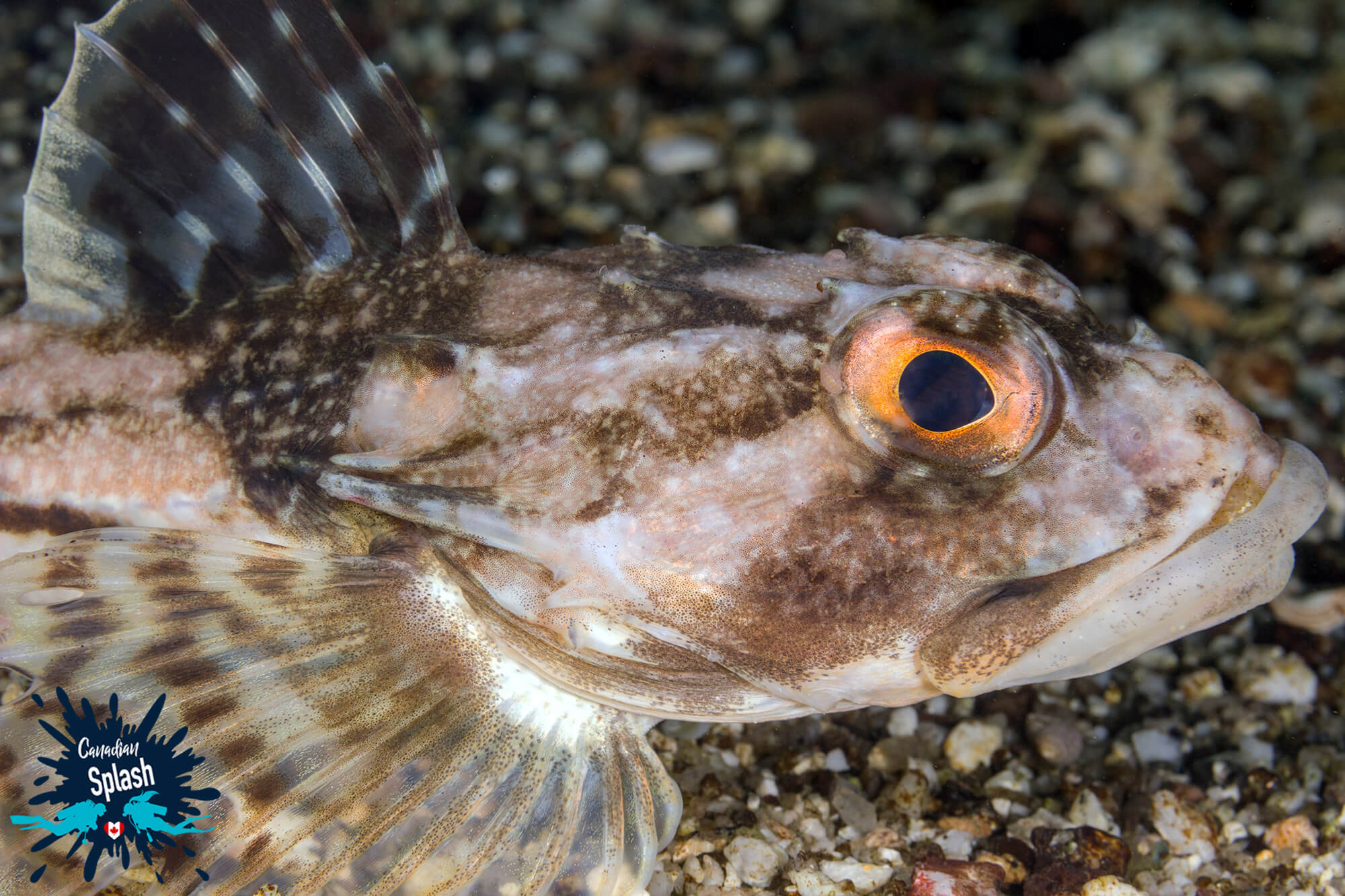
Beyond the marine animals, on the right-hand side of the site, divers can explore rich kelp beds and about 30 meters (100 feet) out from the beach a red lawn chair and Christmas tree can be found.
As an added safety precaution, boat traffic is very common in the area and it is strongly encouraged to stick close to the beach and carry a dive buoy when possible.
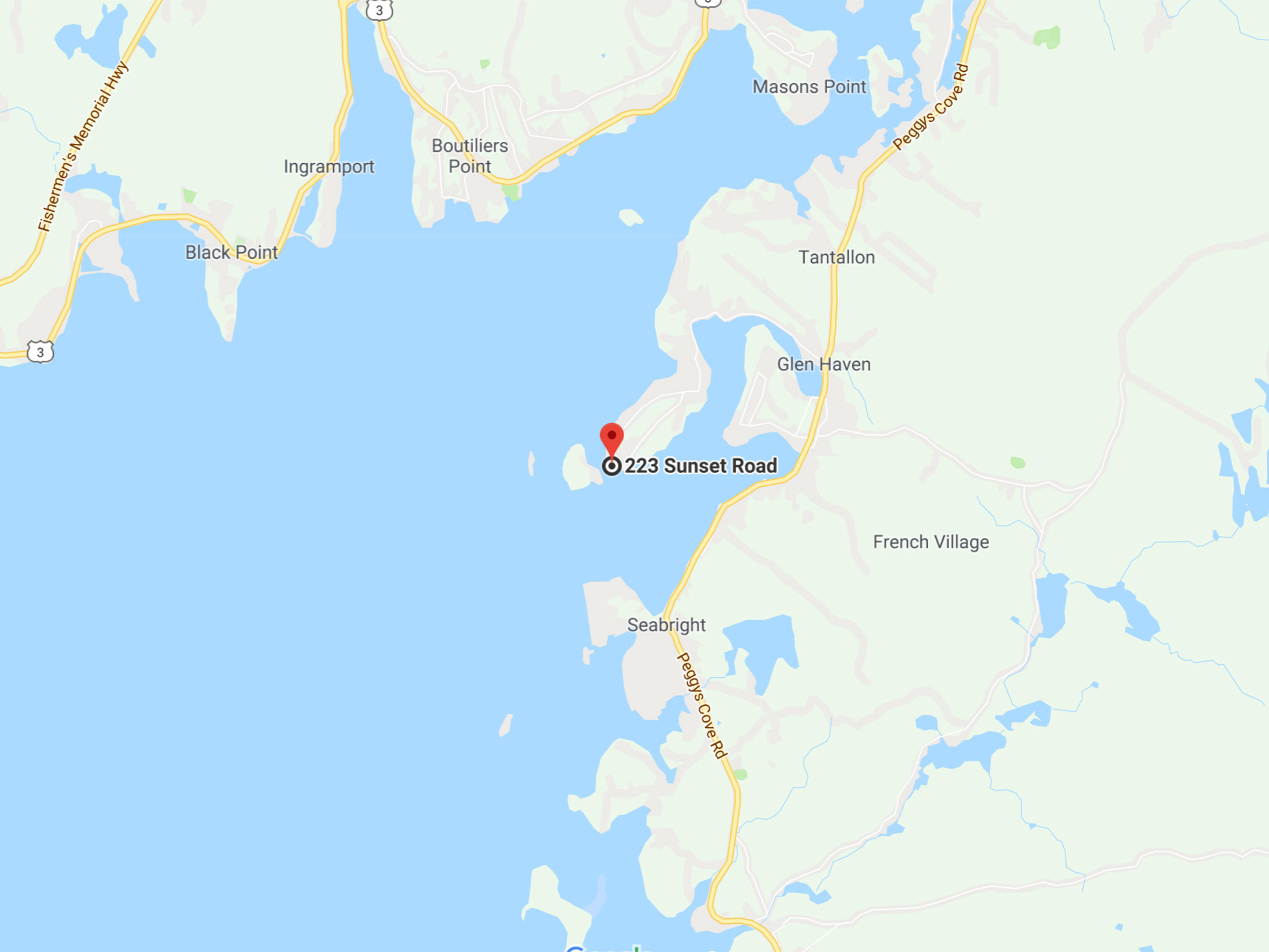
How to Find Indian Point and What to Look For
GPS Coordinates: 44.633435, -63.935623
Address: 223 Sunset Rd, Glen Haven, NS B3Z 2T3
Parking spaces and beach entry make diving this site a breeze.
The Fox Point dive site doubles as a beautiful beach and picnic area during the summer as well as a delightful shore diving site all year round.
Located about one hour outside of Halifax, Fox Point is on the western shoreline of St. Margaret’s Bay just past Hubbards. Given the public nature of this dive site, there is a large parking lot available, however, during the summer months, parking spots can be few and far between.
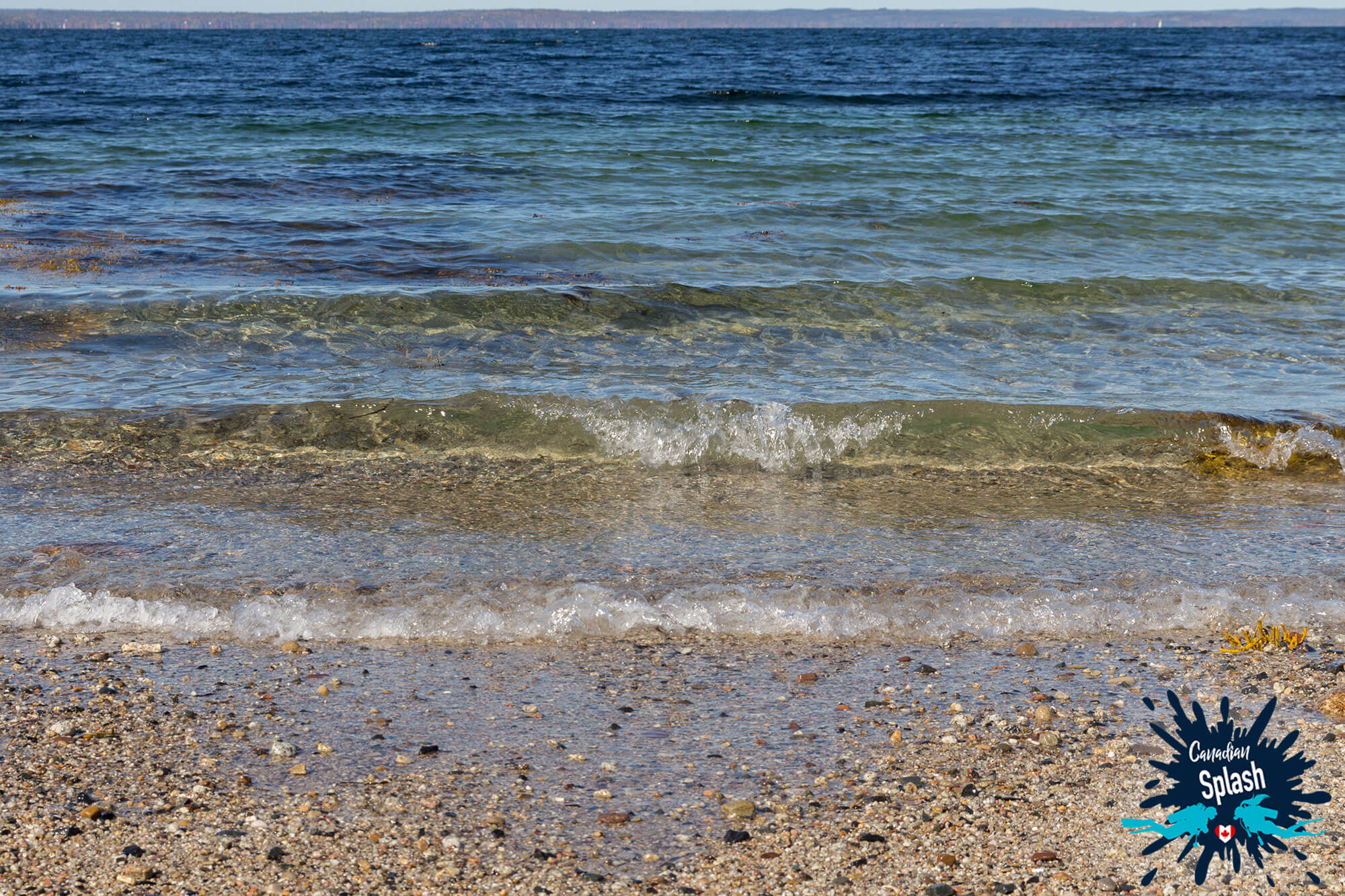
For the most part, Fox Point has a gently sloping sand bottom bordered by a few big rocks. While the marine fauna is not terribly abundant at this dive site, there are tonnes of sand lances that call the grainy bottom home.
Because of the shallow and sheltered nature, Fox Point is a splendid site for day dives as well as night dives.
If you are around Halifax and area in October, the local dive shops traditionally put on an Underwater Pumpkin Carving event in honor of Halloween. It’s wacky and pretty challenging especially when the tide and waves flip you around like a toddler in a moonbounce.
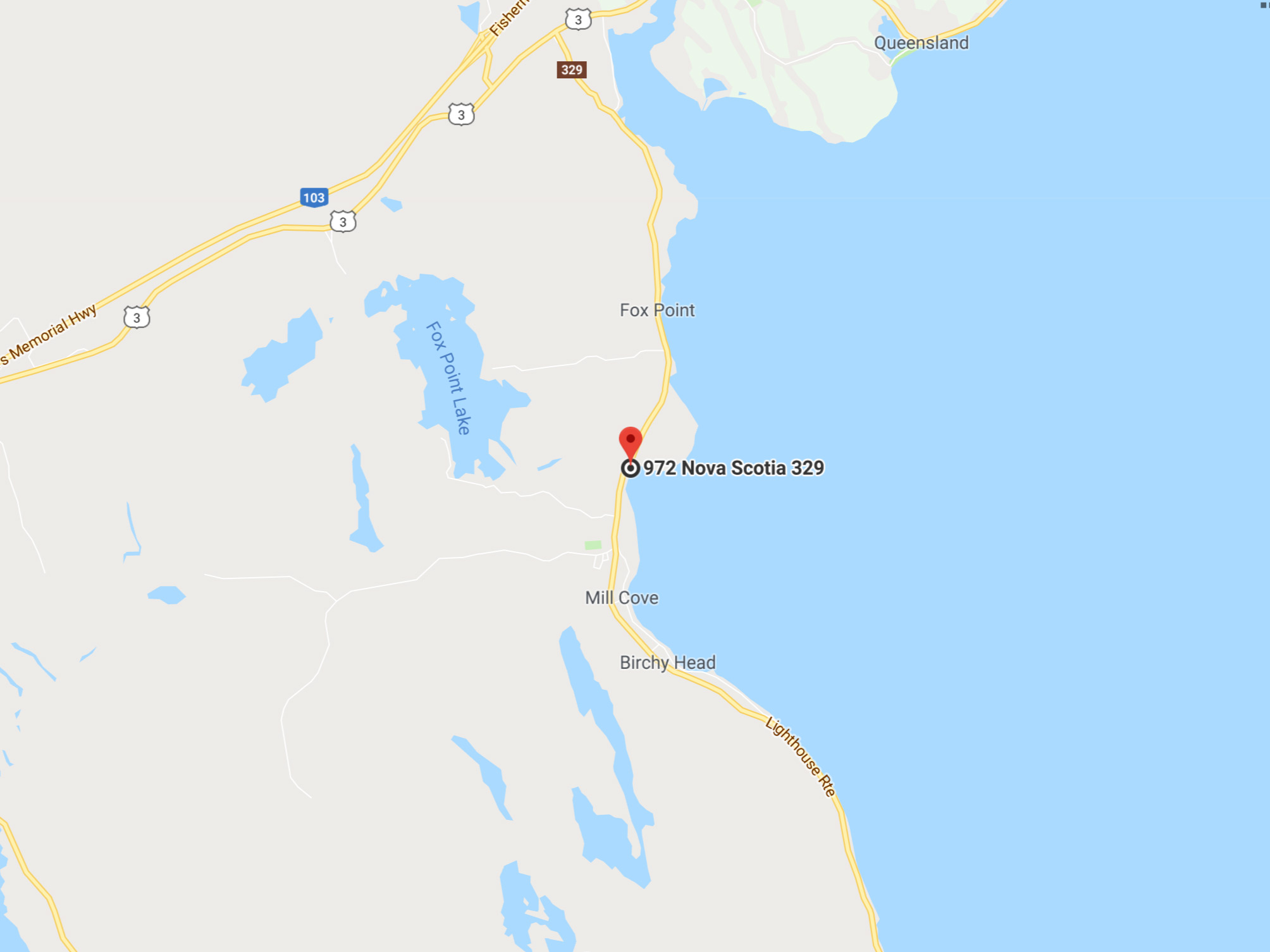
How to Find Fox Point and What to Look For
GPS Coordinates: 44.598151, -64.062238
Address: 972 NS-329, Hubbards, NS B0J 1T0
Fox Point Beach is a dive site and a beach with ample parking.
Mill Cove Beach is a dive site that is often mistaken for Fox Point, a similar beach dive site located a stone throw up the road.
Similar to Fox Point, Mill Cove Beach is located about one hour outside of Halifax, on the western shoreline of St. Margaret’s Bay.
At first glance Mill Cove Beach seems like a sandy bottom dive site, but once beneath the water small pebbles, rocks and seagrass cover the floor. The average depth of this dive site ranges from 9 to 12 meters (30 to 40 feet) and carries out far out into the bay giving divers ample opportunity to hunt for little creatures.
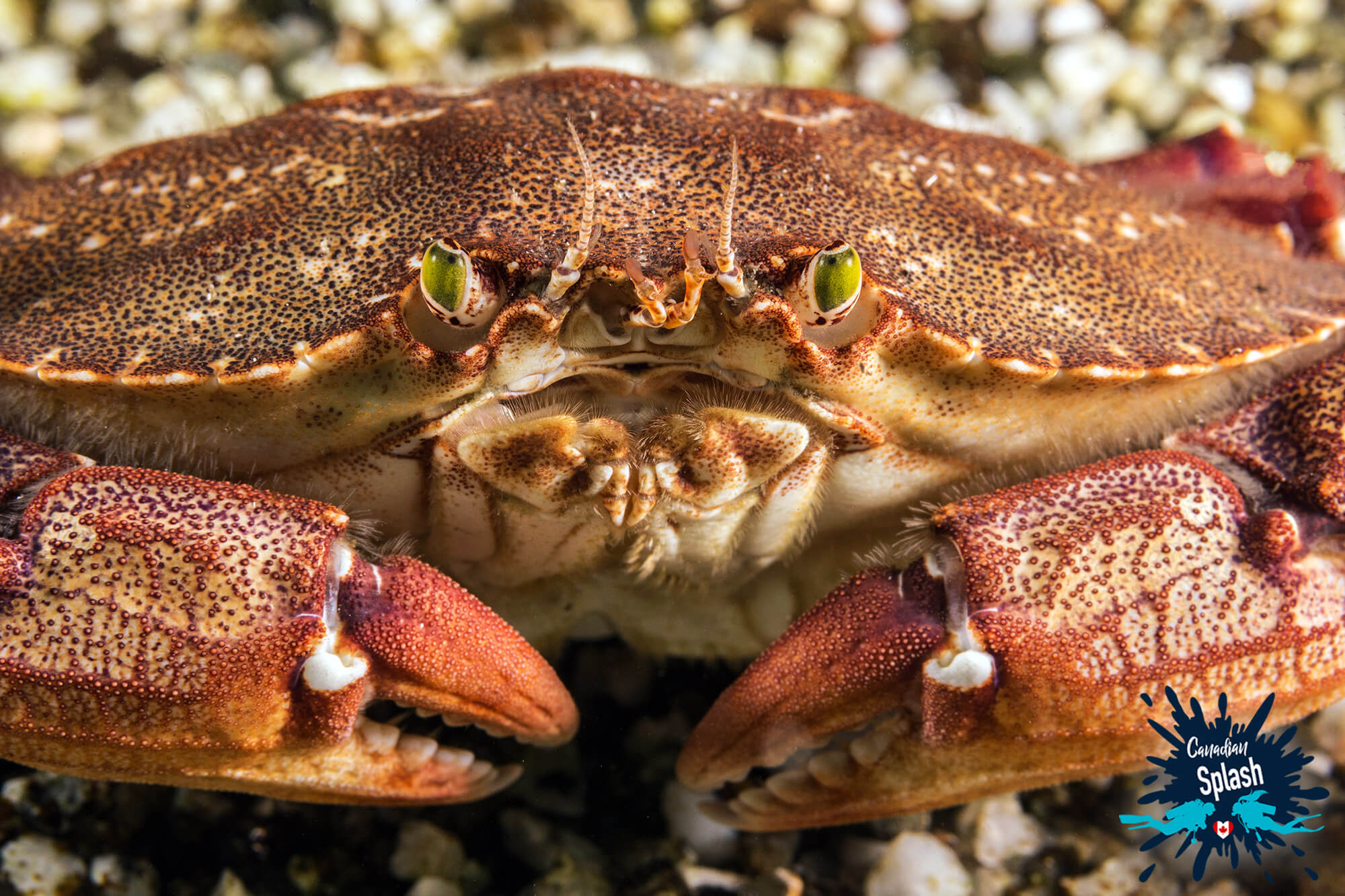
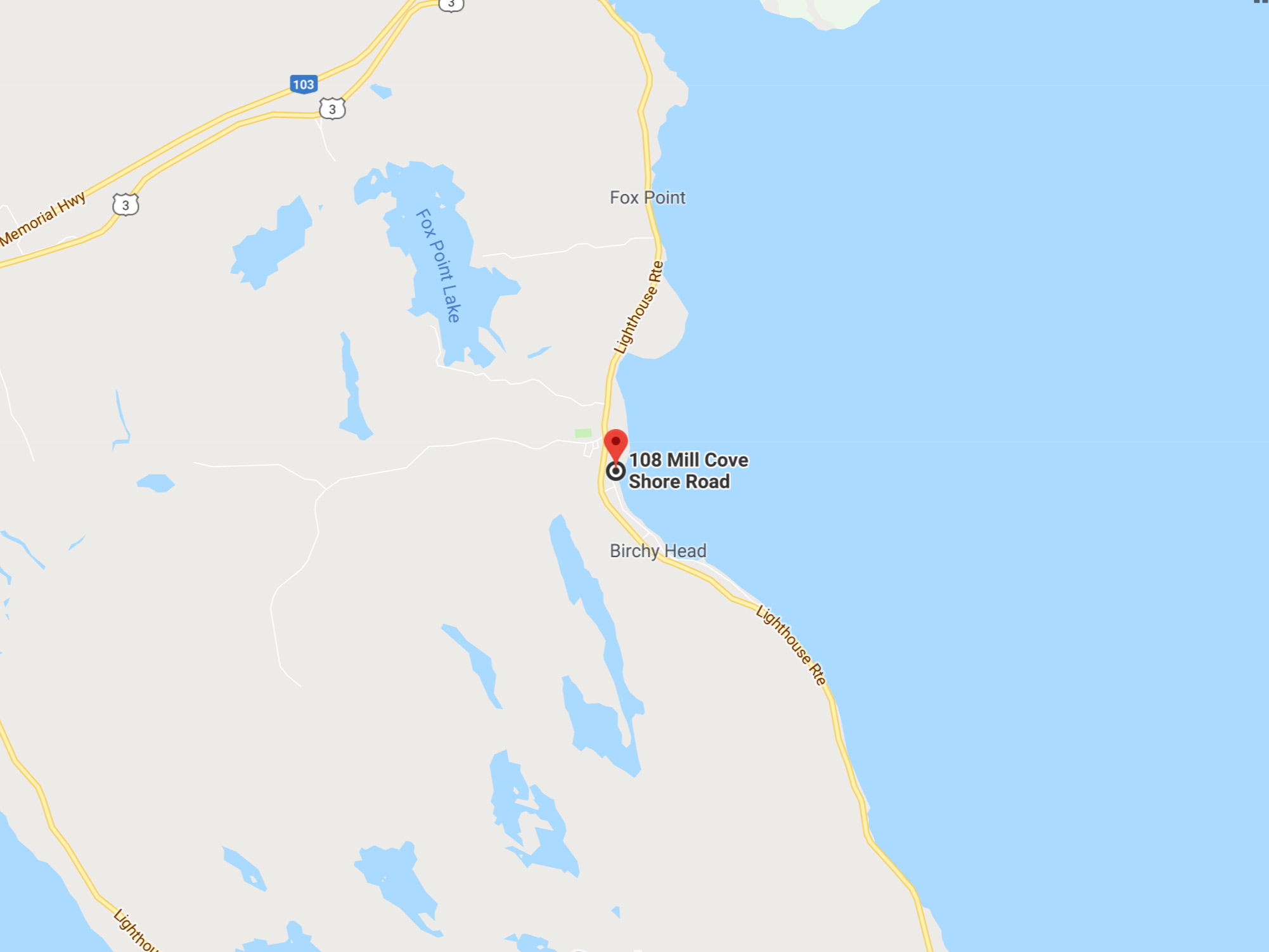
How to Find Mill Cove Beach and What to Look For
GPS Coordinates: 44.588076, -64.062792
Address: 108 Mill Cove Shore Rd, Hubbards, NS B0J 1T0
Mill Cove Beach is a dive site and a beach with ample parking.
Birchy Head dive site is a small, secluded dive site home to a wide variety of marine life and interesting rock formations.

Here not only can the bottom drop down to 43 meters (140 feet) but there are boulders and ledges which always offer lots to see. Divers can satisfy their curiosity by searching through the variable plant life and within cracks and crevices for crabs, snails, sea stars, gunnels, and nudibranchs.
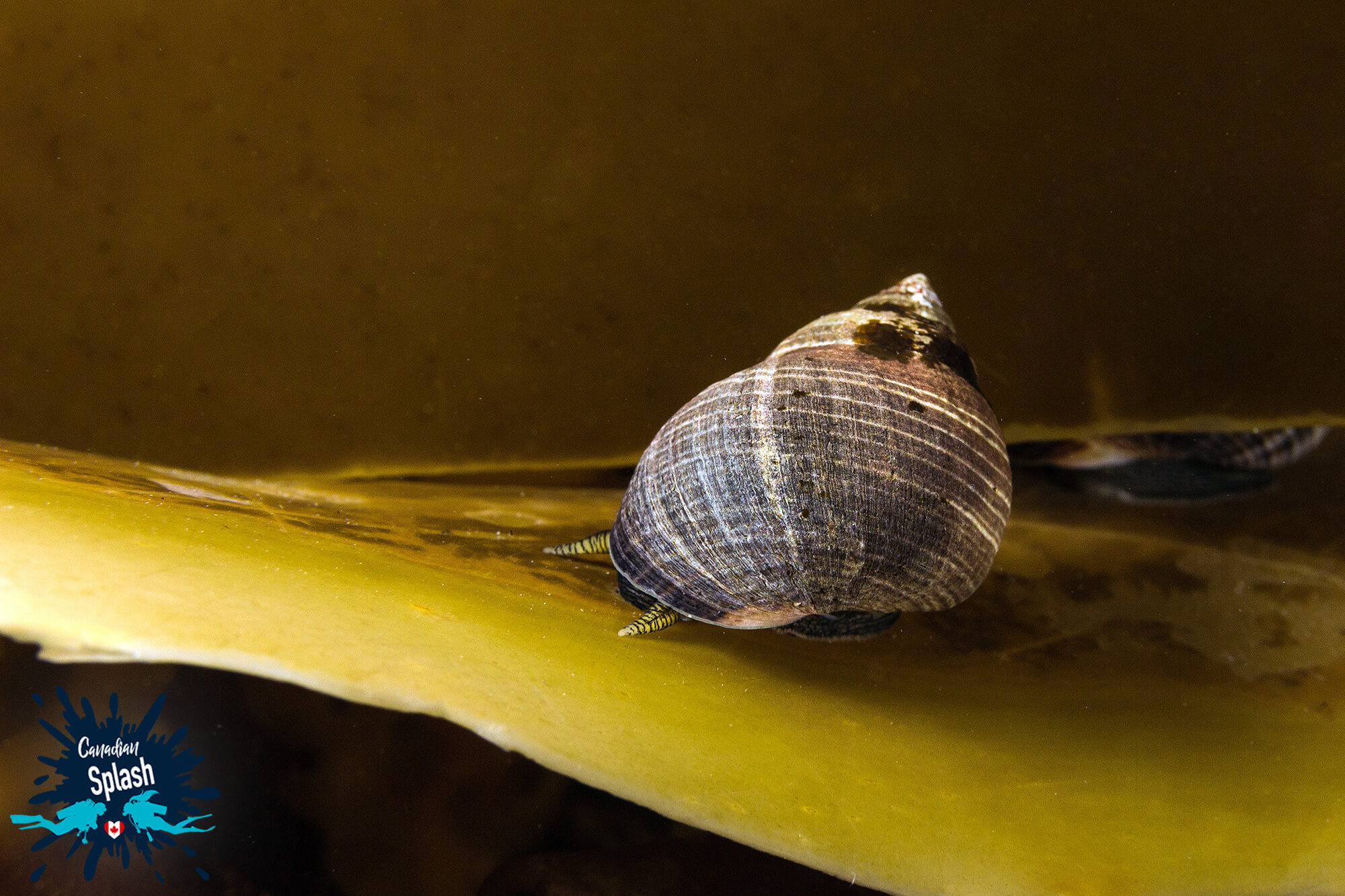
Birchy Head is a site is recommended for advanced or experienced open water divers as the dive site has current, a challenging entry (look for a rope tied to a tree) and underwater it can be easy to get lost.
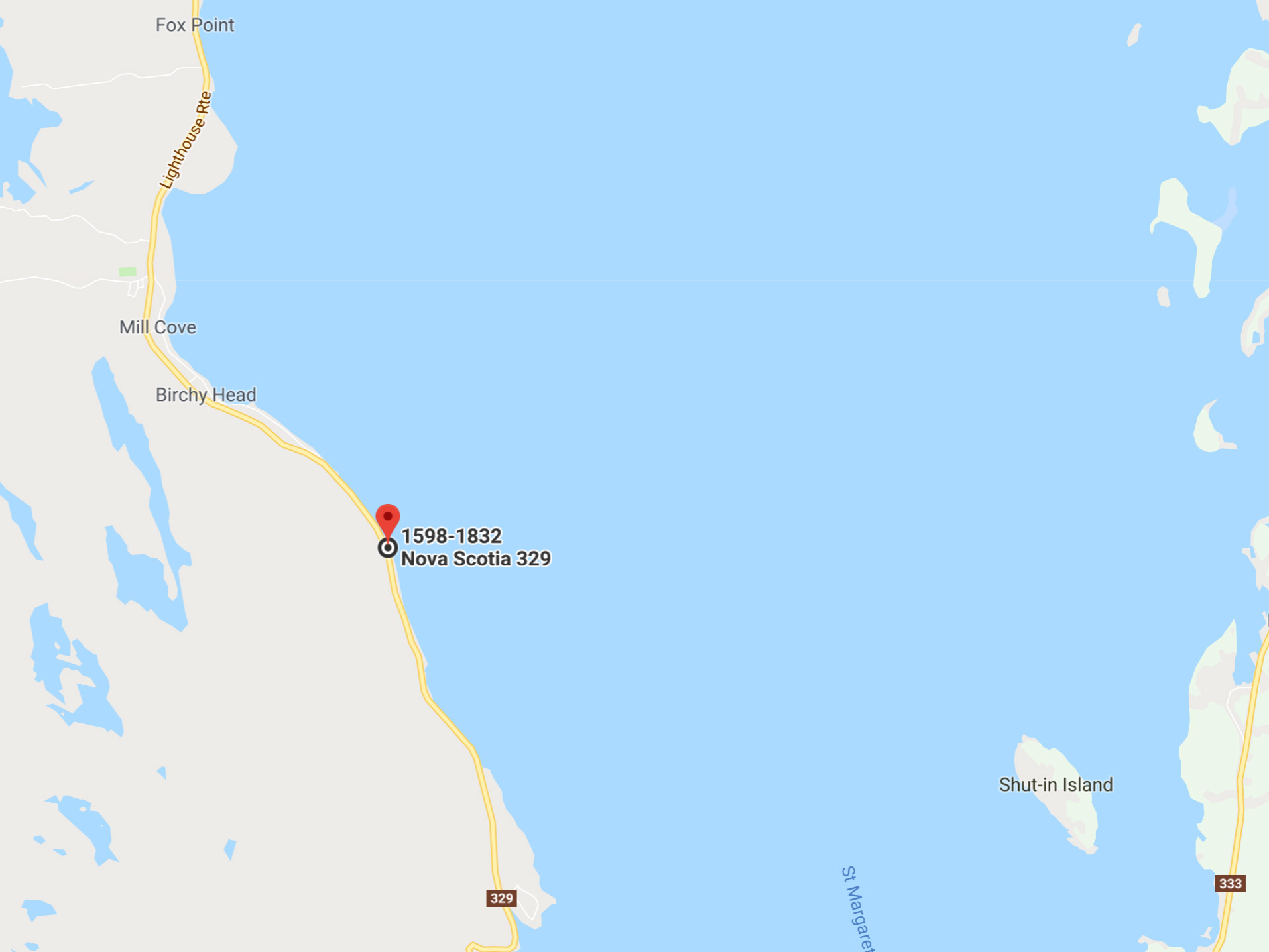
How to Find Birchy Head and What to Look For
GPS Coordinates: 44.573221, -64.037071
Address: 1598-1832 NS-329, Hubbards, NS B0J 1T0
To dive Birchy Head you must park in a ditch alongside the road, hop a guard rail and walk down a path. Suiting up in the car is not recommended due to the steep and slippery path.
The Lodge is a dive site located one hour outside of Halifax.
Located next door to a private home, the Lodge is a large dive site with limited to no shelter from the weather and prevailing tides.
The maximum depth of this site drops down to 18 meters (60 feet), and this depth can be reached by swimming offshore in an eastern direction for 100 to 120 meters (350 to 400 feet).

Irish moss covers most of the rocks at the Lodge dive site, and plenty of nooks and crannies provide hiding spots for all kinds of creatures, especially lobsters. Flounder, sculpin, sand dollars, sea perch, and the occasional skate can be seen along the bottom and in late fall large schools of mackerel can be seen.
Some of the site hazards include boats, fishing line, and lobster traps.
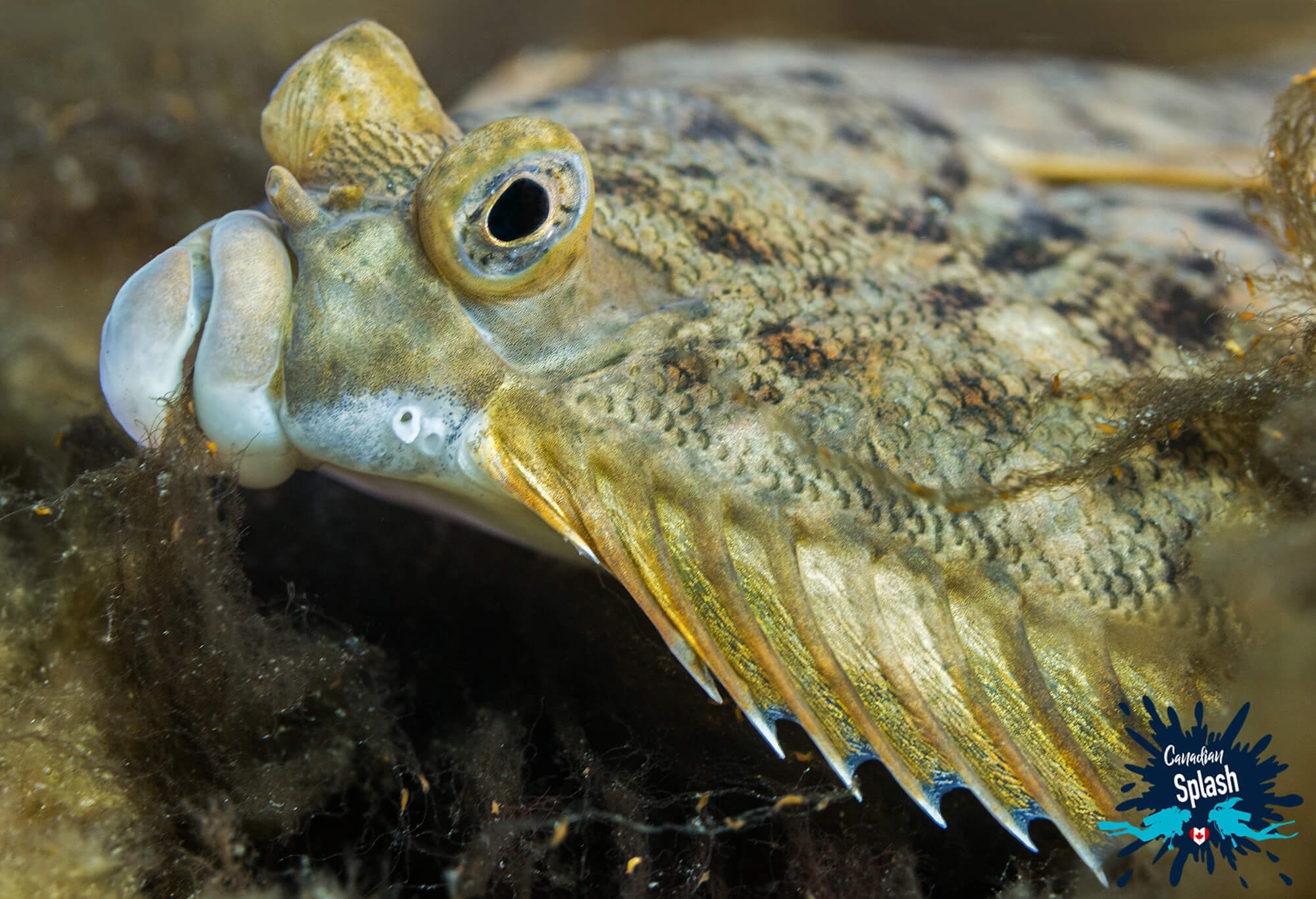
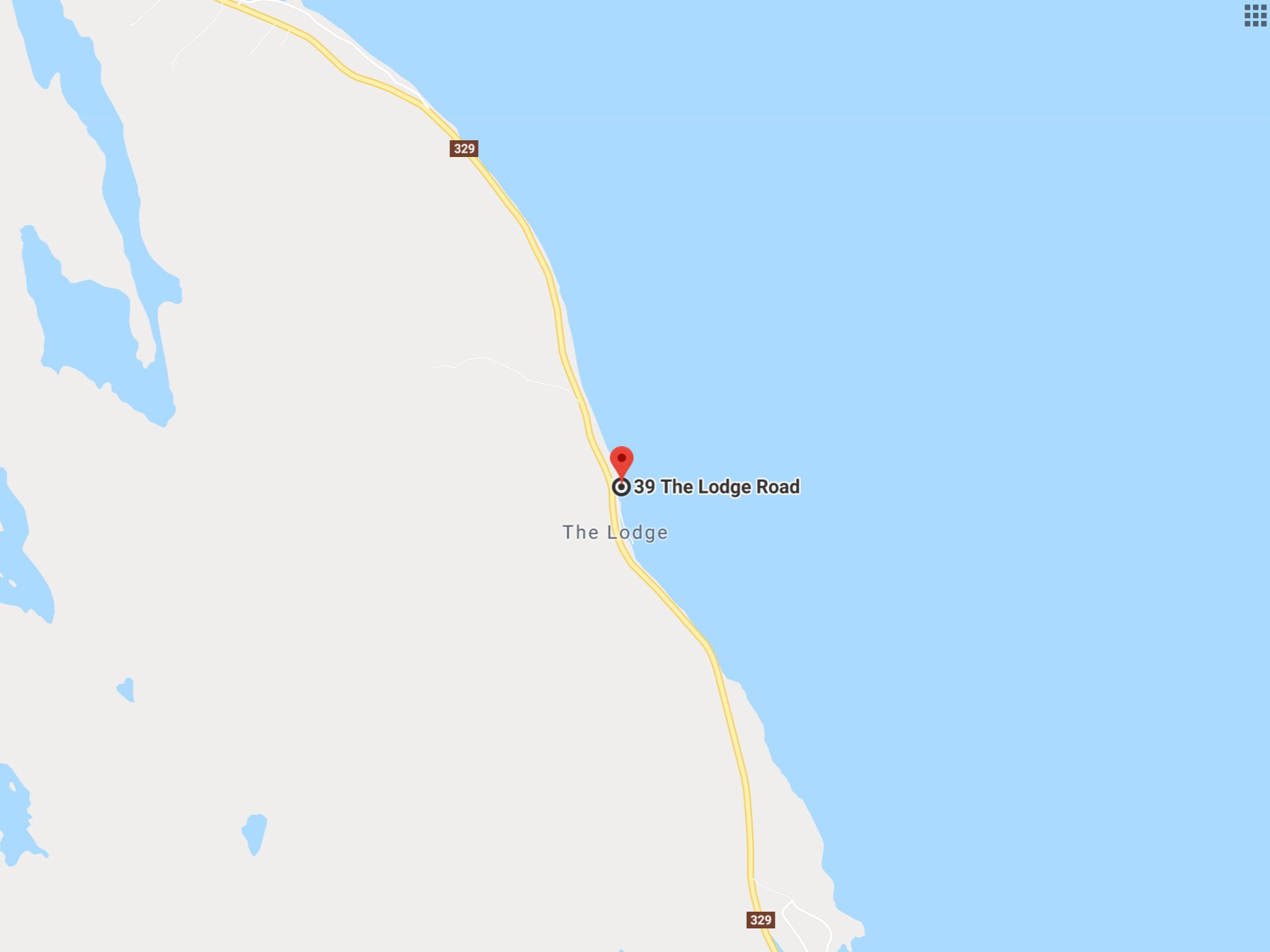
How to Find the Lodge and What to Look For
GPS Coordinates: 44.563570, -64.031837
Address: 39 The Lodge Rd, Hubbards, NS B0J 1T0
The Lodge is a dive site right beside a private property. Park on the side of the road and take on of the trail to the water.
Scuba diving in Nova Scotia – now that’s a beautiful thing.
You don’t need a drysuit to try some cold water diving in this Canadian province (although it does make things a little more comfortable). Whether you’re a beginner or a seasoned pro, the North Atlantic will speak to you the way a siren speaks to a sailor.
While I’ve had disappointing dives, St Margarets Bay has never been a disappointment. The reefs may not feature classic coral, but the growth of plant and macro-life is incredible.

Got any other off-the-beaten-track shore diving spots in Nova Scotia, specifically around Halifax and area? Comment below so we can investigate these hidden gems.
Writers Note: This post may contain affiliate links. We will make a small commission if you make a purchase through one of these links, at no extra cost to you. See full disclosure and disclaimer policy here.

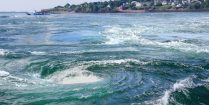
Submerging into the cold waters of Deer Island is one of the best ways to appreciate the vibrant array of color the Bay of Fundy hides beneath her surface.

When it comes to getting outside and immersed in nature, Ontario Parks is at the top of the list. Not only do the parks boast magnificent nature, but it's hundreds of thousands of lakes make it a real treat for those who love the water.
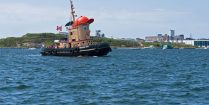
Nova Scotia is full of cold water diving opportunities, particularly around shores of Halifax.
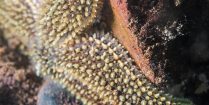
Sometimes finding a good dive spot is easier said than done. Shore diving around Saint John, New Brunswick is a testament to how unpredictable the Bay Fundy can be.

Saint Andrews by-the-sea may be small in size, but this summer town packs a pretty big dive punch for scuba divers willing to brave the Bay of Fundy's tides.
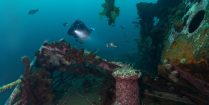
Do you enjoy cold water wreck diving? This dive destination will let you experience the best shipwrecks and scuba diving opportunities on the Canadian east coast.

Do you want to try diving inside an aquarium? This unique Canadian location lets you experience scuba diving and up-close animal encounters like never before.
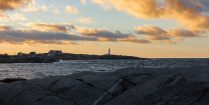
When diving in Nova Scotia where do you even begin? Do you start in Halifax the province's capital or do you wander beyond to see what the surrounding area has to offer?
